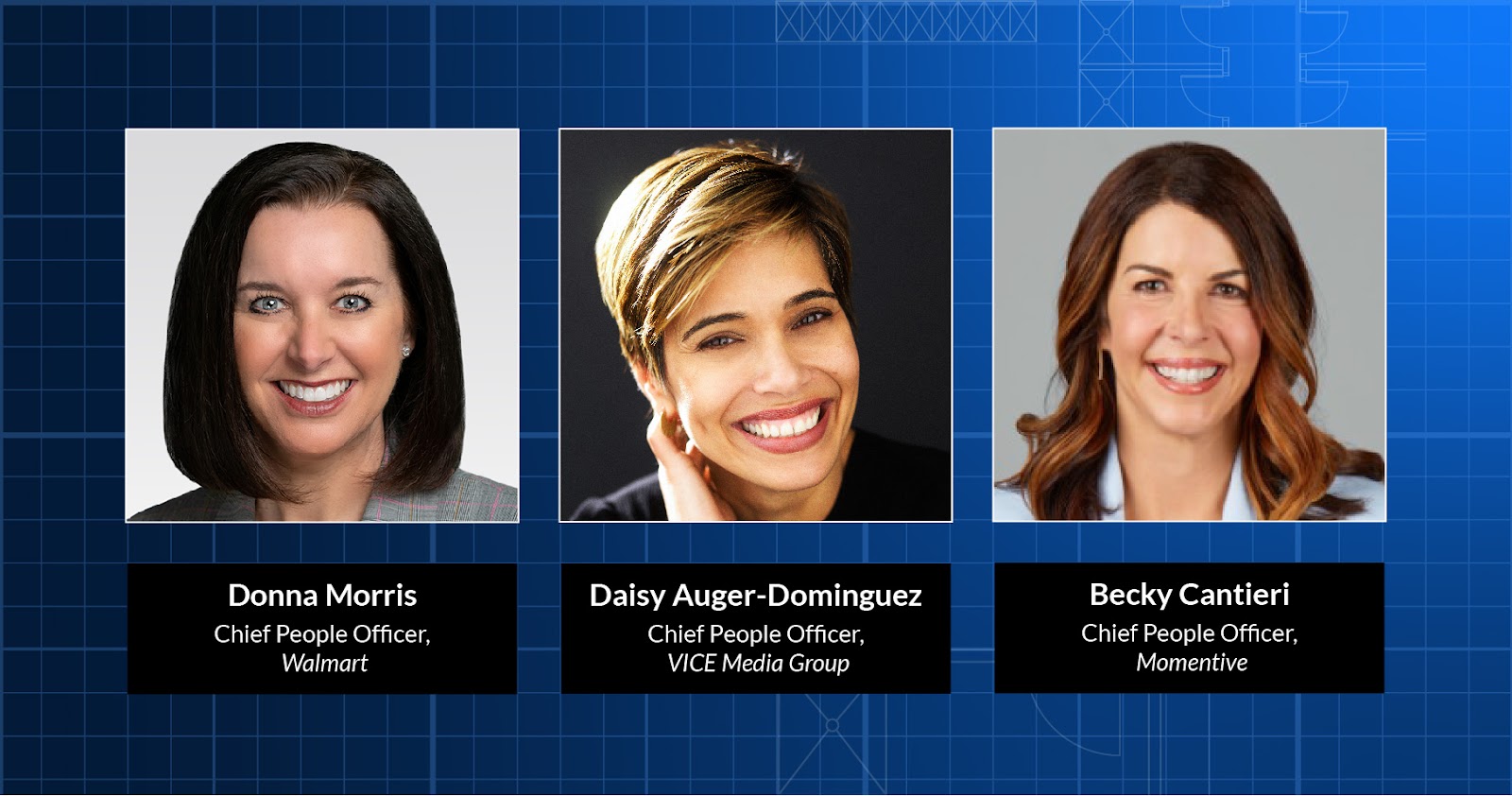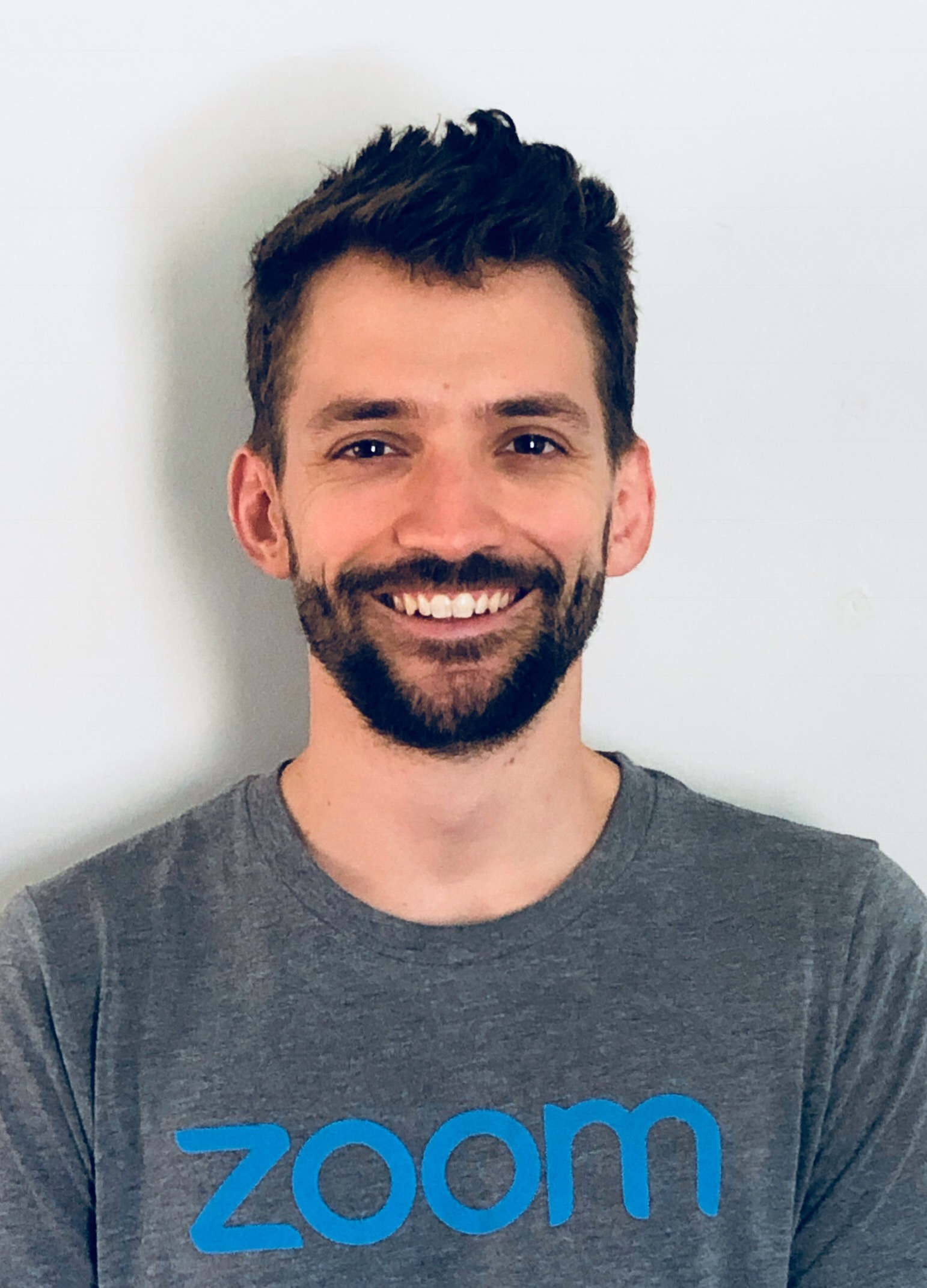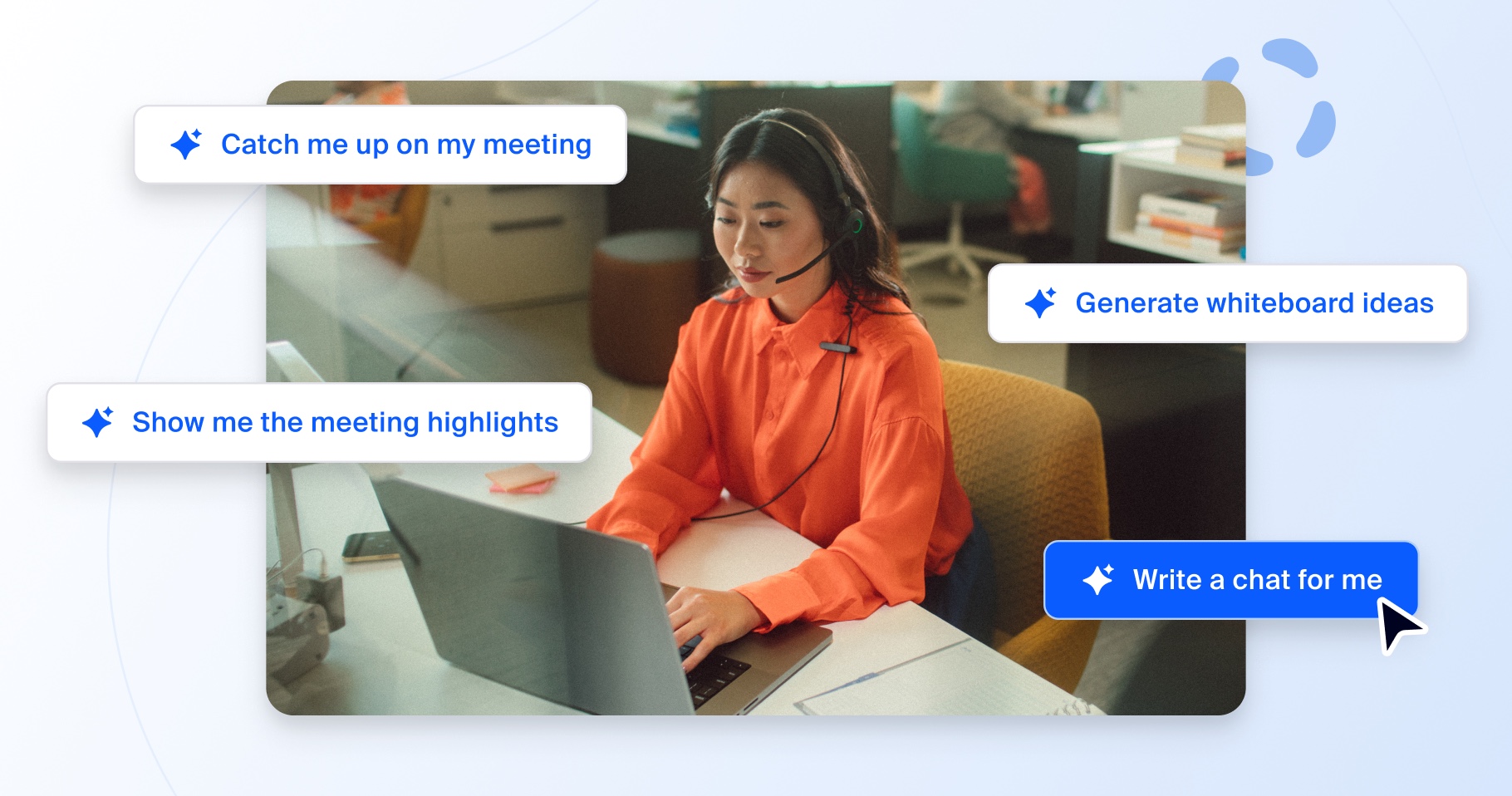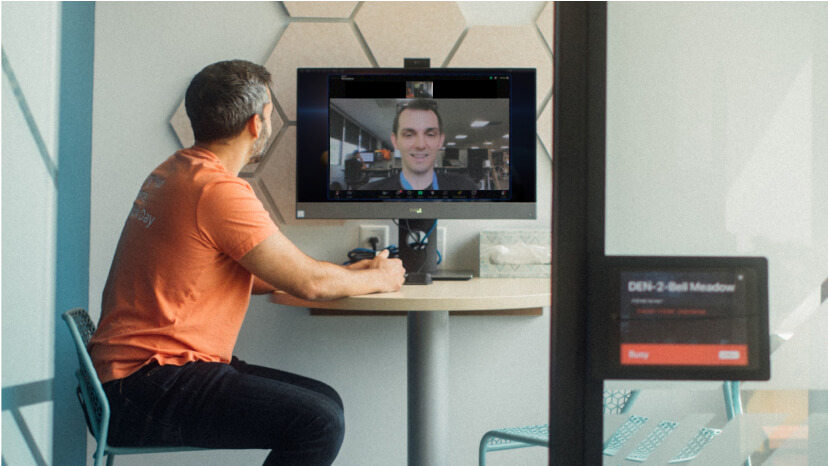Although employees in all industries will need new solutions and strategies to succeed in the demands of the modern workspace, the needs of employees will be unique at each organization. Becky Cantieri, Chief People Officer at Momentive, described how her organization worked to quickly discover and address the professional and personal needs of its employees during a time of transformation.
“Using our own suite of products to listen to our employees, it was clear that we had workspace set up challenges and balance of responsibility challenges for team members across the world, as well as challenges around adapting to this new way of working, and continuing to be able to collaborate, meet, onboard, and hire. Around those key areas, using our employees' thoughts, ideas, and contributions, we were able to quickly bring to bear programs or offerings to help them meet these challenges, including time off, sick time, the ability to set up a proper workspace at home, and providing all of our collaboration tools and resources.”














